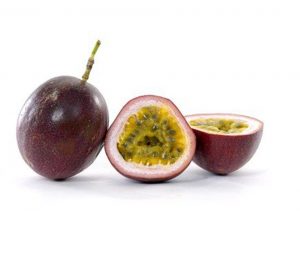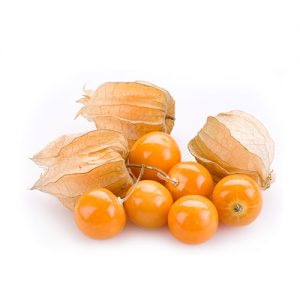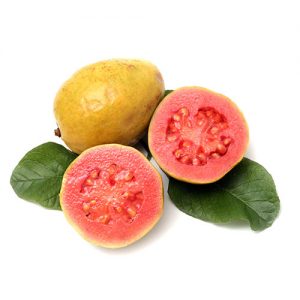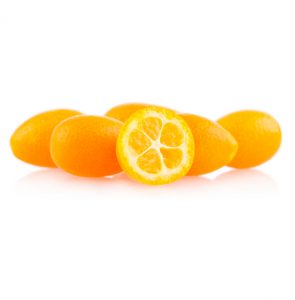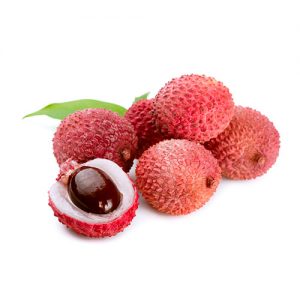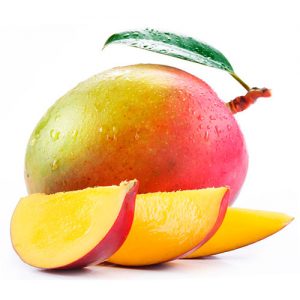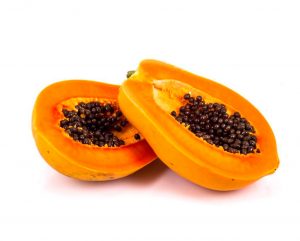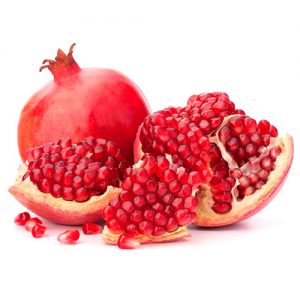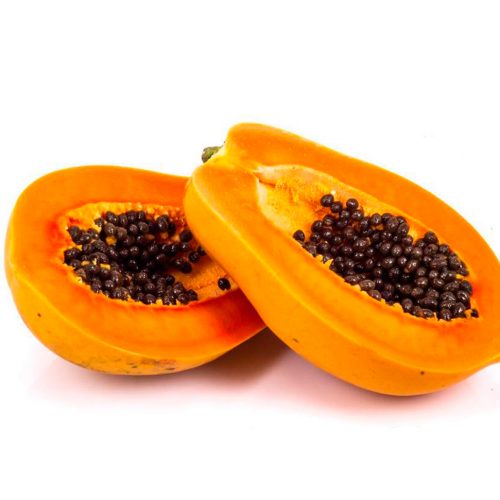About the Papaya
The papaya is a tropical fruit native to Central America that provides a lot of healthy properties. It is oval-shaped, with a yellow/green skin and a huge amount of bright, spicy and black seeds inside. Its flesh is reddish and very juicy, quite similar to that of peaches. The flavour is sweet and mild. It is rich in papain, the enzyme thanks to which this fruit provides so many interesting properties for health.
This fruit grows on the papaya tree, growing up to 30 ft (10 m). It features a hollow trunk with no branches and a dense top full of leaves. All papayas hang from leave axils. They can be big and elongated or of a smaller size, like a flattened pear.
The papaya is a fruit with only 39 calories per 100 grams. A portion of papaya provides fewer calories and two times the beta-carotene of an apple. This fruit is also rich in potassium and has a low content in sodium, preventing water retention. Therefore, it is very suitable to lose weight.
How to preserve and consume papayas
Papayas are initially green-coloured but they turn into their distinctive golden colour with little brown spots as they ripen. Until that moment, they should be at room temperature.
Papayas have a thin, soft skin. It’s a fragile and very perishable fruit. Hence it is a good idea to store them in the fridge once the optimum point of ripening has been reached, as they will be preserved longer.
Papayas are ideally consumed cold, as it is when they taste best. When served, cut in half with a knife, scoop out the black seeds from the inside and discard them (please note some varieties of papaya have no seeds). After that, rinse to eliminate any seed taste the fruit may have, scoop out the flesh with a spoon and… Enjoy this exquisite tropical fruit! Sprinkle with freshly-squeezed lemon/lime juice to bring out its natural taste.
Juices and smoothies made of papaya are also a fabulous way of consuming this fruit.
Nutritional properties of the papaya
| PAPAYA NUTRITION FACTS – 100 G | |
|---|---|
| CALORIES | 39 |
| TOTAL FAT | 0.14 g – 0% |
| SATURATED FAT | 0.043 g – 0% |
| POLYUNSATURATED FAT | 0.031 g |
| MONOUNSATURATED DAT | 0.038 g |
| CHOLESTEROL | 0 mg – 0% |
| SODIUM | 3 mg – 0% |
| POTASSIUM | 257 mg |
| TOTAL CARBOHYDRATE | 9.81 g – 3% |
| DIETARY FIBER | 1.8 g – 7% |
| SUGARS | 5.9 g |
| PROTEIN | 0.61 g |
| VITAMIN A | 22% |
| VITAMINA C | 103% |
| CALCIUM | 2% |
| IRON | 1% |
Percent Daily Values are based on a 2000 calorie diet. Your daily values may be higher or lower depending on your calorie needs.
Health benefits of the papaya
- Papayas contain papain, an enzyme than can only be found in this fruit which contributes to better digest proteins. That is why it is good for your digestive system.
- The papain is also cicatrizing and anti-inflammatory; hence it is fit for people with ulcers, gastroenteritis or irritable bowel syndrome.
- Papayas provide a great nutrient content thanks to vitamins B and C, anti-oxidants and minerals like potassium, favouring your muscles health.
- The high fibre content helps improve your bowel transit and balance your cholesterol and sugar levels.
- Papayas are considered a good laxative, alleviating constipation.
- The vitamin B is beneficial for your nervous system, while lycopene prevents cholesterol from oxidation, helping prevent heart attacks.
- Papayas are widely used in cosmetics —particularly in hair and skin products— for their moisturizing, regenerating and exfoliating qualities.
- Thanks to the high content in beta-carotene, this is a fruit that favours and maintains suntan. It also prevents from sunburning.
- The content in vitamins and anti-oxidants fight the appearance of spots on your skin.
- Papayas contain fibrin; a valued substance easy to absorb that helps coagulation after an internal or external injury.
- Papayas have lycopene, an anti-oxidant that helps prevent premature aging.
- This fruit also prevents gas formations and eliminates intestinal worms, because it has alkaloids.
- Consumption of this fruit is recommended to prevent vitamin A deficit, which is one of the causes of childhood blindness in tropical and subtropical developing countries.
- It is also perfect as an alternative for treating eczemas and acne.
- It is particularly recommended for smokers. If you consume papaya, you will be exceeding the required amount of vitamins that smokers need (around 120 mg per day).
- The high content in vitamin C makes this fruit a good option for male fertility enhancement. On the contrary, the papain inhibits the estrogen production; hence it is not recommended for female fertility.
- You can extract chymopapain, which is used in the treatment of herniated disks.
- Consumption is not fit for pregnant women or children less than 2 years. Papain should not be consumed in those cases.
Papaya Varieties
There are a lot of papaya varieties, as this plant reproduces by seeds. Several types of papaya can be found depending on the agronomic characteristics:
- Milky papaya: very much appreciated for its great taste and healthy properties. It has a purifying effect and stimulates digestion.
- Mountain papaya: cultivation spreads into the mountain regions of Panama, Peru or even Chile. This small fruit, about the size of a fist, has a juicy flesh and a sweet, aromatic flavour.
- Green papaya: also known as ‘raw papaya’, it is regarded as an exquisite delicacy in Thailand. It is a green, too-early-harvested fruit that cannot be consumed fresh. It needs to be cooked before eating.
- Papayuela: close relative of the papaya that mainly grows in Colombia, at very high areas reaching 3000 m. It does not have a very nice taste when consumed fresh, but it is absolutely delicious in syrup. That is why it is mainly used in compotes and jams.
- Babaco: perfect for consuming fresh, as it has no seeds and the skin is edible. It grows on a tree of up to 10 ft (3 m), with fruits hanging individually from long petioles attached to the trunk. It has a very refreshing flavour resembling a mix of apple, pear and pineapple.
- Bay: variety presenting an ideal weight of around 35 oz (1 kg) and a very convenient size to be used at home. When ripe, the salmon-coloured flesh is simply delicious, resembling a mix of apricots and raspberries. It presents a high level of acidity compared to the other varieties, making it very refreshing and fruity.
- Solo: this fruit is initially green, turning into a yellowier tone as it ripens. It often has brown little spots on the skin, but this does not degrade its quality. The juicy flesh has a flavour resembling that of melon. This variety holds the first position worldwide in terms of exportation.
Curious facts about papaya
- The papaya is known as the fruit of good health in Mexico.
- It is used in the food industry to soften meats and in the textile industry to macerate cotton or wood fibres and for tannery.
- Seeds are normally disposed, but they are actually edible and can be used crushed for dressing salads. They have a very spicy flavour similar to mustard.
- Christopher Columbus called the papaya the ‘fruit of angels’. Legend has it that after arriving to America, Colon’s crew used the papaya to ease bad digestions. They noticed that natives from Cuba and Santo Domingo consumed this fruit after eating huge amounts of meat and fish.




